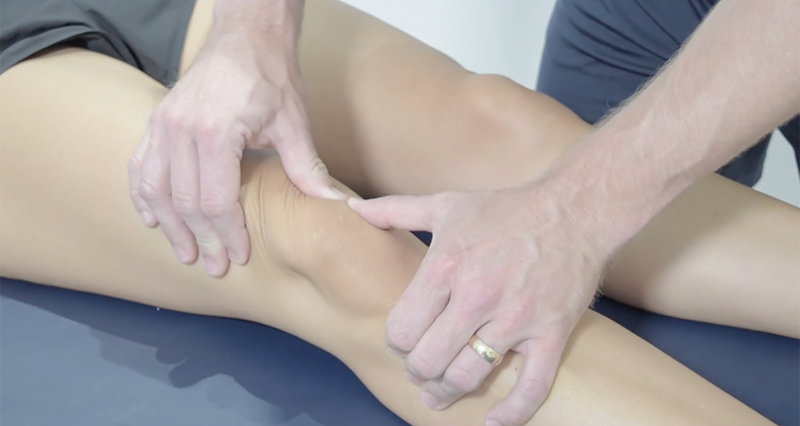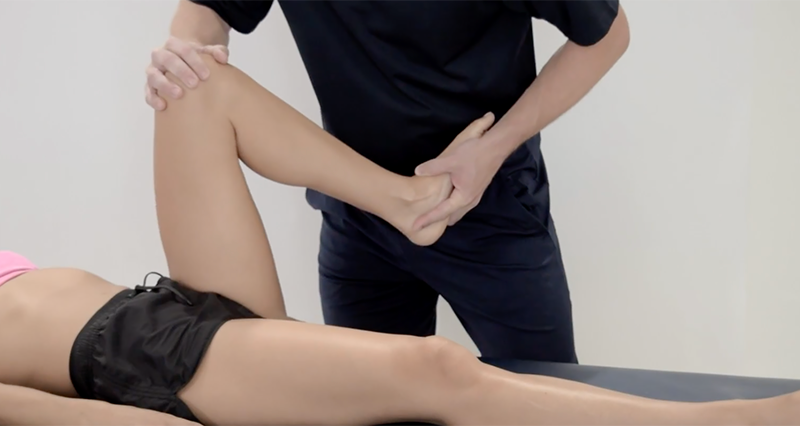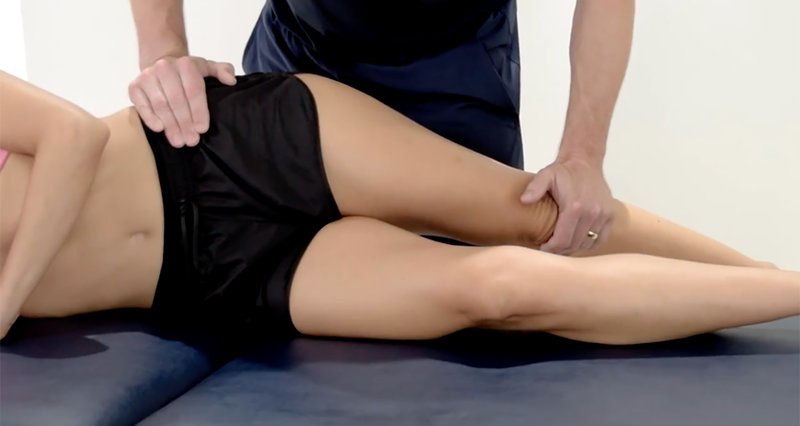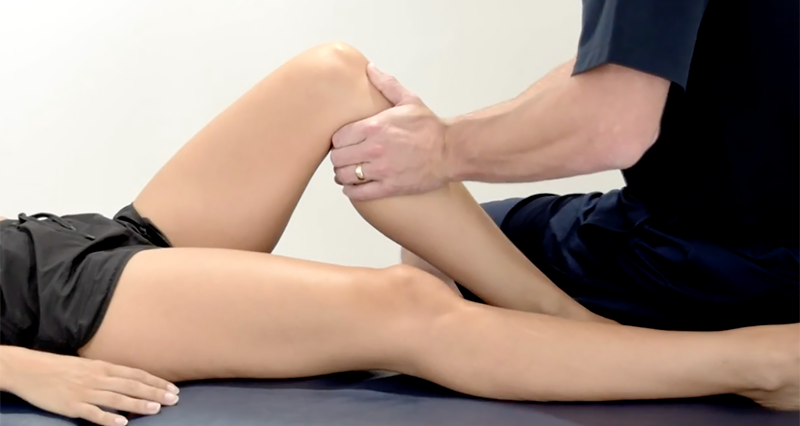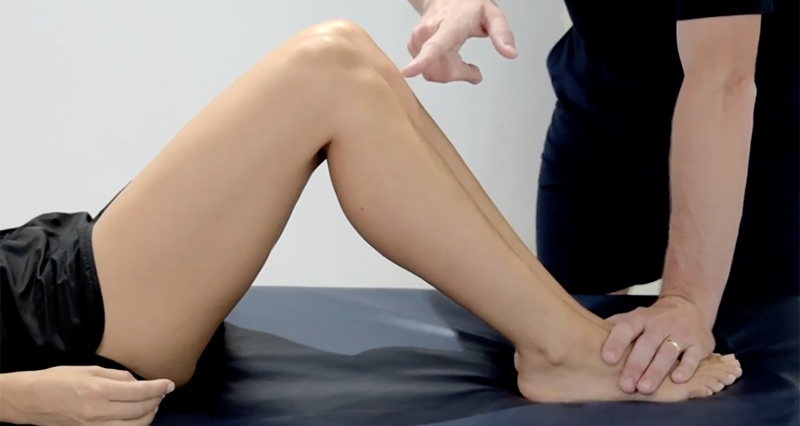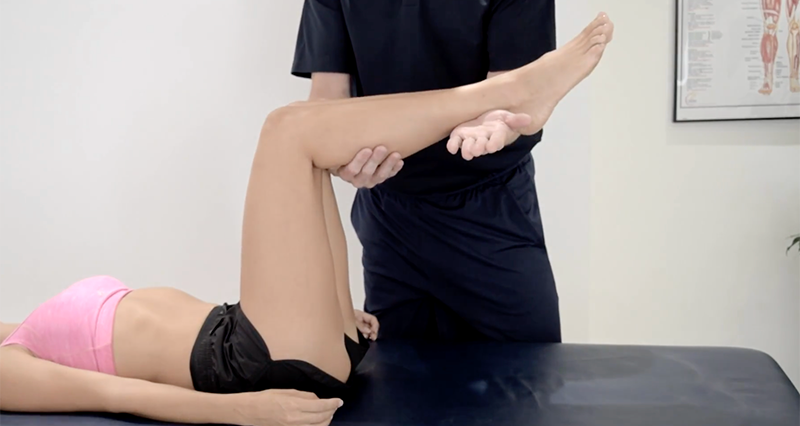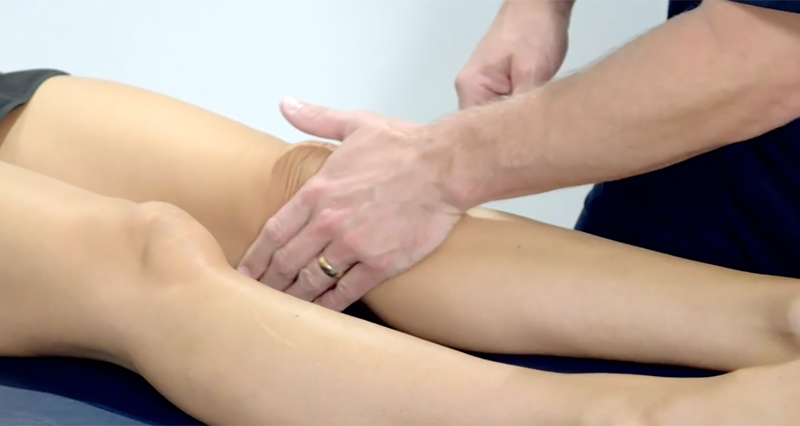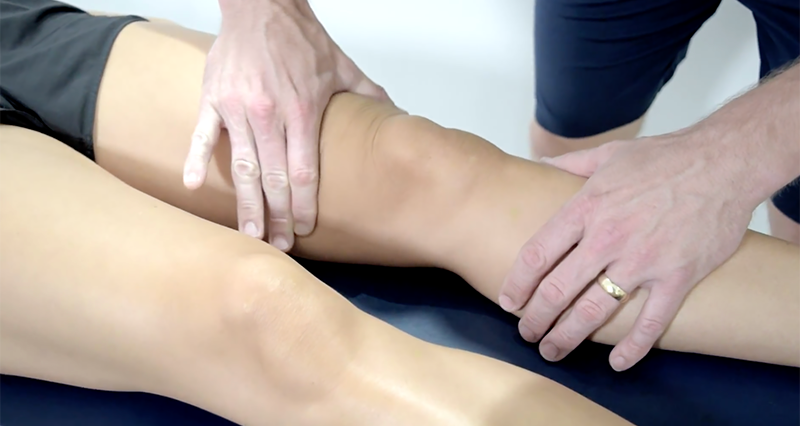The Lachman’s Test evaluates the anterior cruciate ligament (ACL) in the knee. It checks for signs of weakness or laxity in the ACL, ensuring it properly stabilizes the joint by preventing the tibia from moving too far forward relative to the femur.
What is an ACL sprain?
An ACL sprain is a tear of the anterior cruciate ligament in the knee. This can either be a partial tear or a full tear (rupture) depending on the force of the injury.
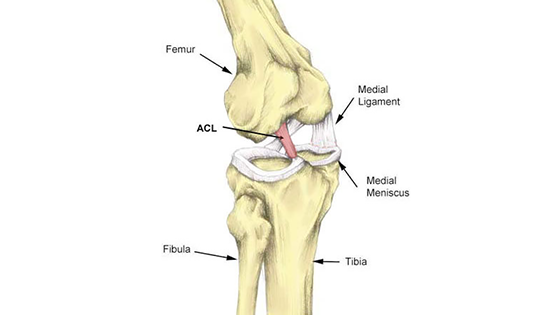
How to perform Lachman’s test:
Firstly, the patient lies on their back with the knee slightly bent at 20-30 degrees. Then, one hand stabilizes the thigh to keep it from moving. The other hand grips the tibia near the knee joint and gently pulls it forward, relative to the femur. Consequently, this action checks the forward movement of the tibia and how firm the movement feels.
What is a positive Lachman’s test?
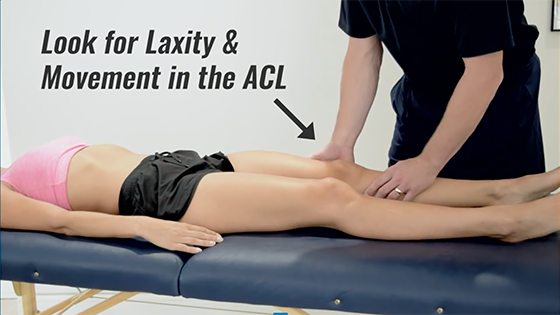
A positive test occurs when the tibia moves forward excessively compared to the opposite knee, or if the movement feels soft or mushy instead of firm. This usually indicates a possible tear or laxity in the ACL. This can suggest that the knee joint is unstable and likely has an ACL injury.
A negative test shows minimal forward movement of the tibia and a firm end feel, indicating that the ACL is intact and providing proper stability to the knee joint.
Lachman’s Test primarily aims to detect injuries or laxity in the anterior cruciate ligament (ACL). These injuries commonly occur during sports activities or as a result of trauma, leading to instability and functional limitations in the knee joint.
Considerations
Lachman’s Test is known for its high sensitivity in detecting ACL injuries. It delivers crucial insights for diagnosing ACL tears. These insights help clinicians choose the right treatment, ranging from physical therapy to ACL reconstruction surgery. Combined with other assessments and tools like MRI, Lachman’s Test aids in creating a detailed strategy for treating and rehabilitating knee injuries.
